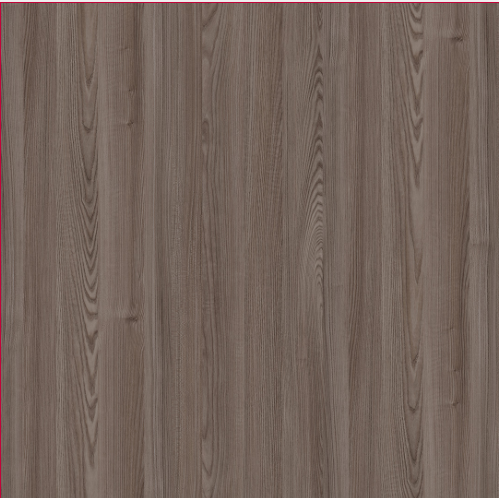- Home
- decor paper for furniture manufacturer
Desemba . 20, 2024 09:18 Back to list
decor paper for furniture manufacturer
The Evolution of Decor Paper in Furniture Manufacturing
In the ever-evolving world of furniture manufacturing, one element has gained considerable attention decor paper. This versatile material has transformed the aesthetics and functionality of furniture, catering to the contemporary consumer's demands for both style and sustainability. This article explores the significance of decor paper in the furniture industry, delving into its applications, benefits, and future potential.
What is Decor Paper?
Decor paper refers to a decorative layer that can be applied to various surfaces in furniture production. Often made from cellulose fibers, it's printed with various designs, colors, and patterns, mimicking natural materials like wood, stone, or textiles. The versatility of decor paper allows it to be used in a wide range of furniture items, from cabinets and tables to chairs and desks.
The Rise of Decor Paper in Furniture Manufacturing
Historically, furniture was primarily made from solid wood or metal. However, as consumer preferences shifted towards affordability, sustainability, and design flexibility, manufacturers began exploring alternative materials. Decor paper emerged as a viable option, especially when applied to engineered wood products, such as particle board and medium-density fiberboard (MDF).
By using decor paper, manufacturers can produce aesthetically pleasing furniture without the high costs associated with solid wood. Additionally, the ability to print various patterns allows for greater customization and adaptation to changing trends in interior design.
Benefits of Using Decor Paper
1. Cost-Effectiveness Decor paper significantly reduces manufacturing costs. By using less expensive substrates like MDF or particle board, manufacturers can offer stylish furniture at competitive prices.
2. Eco-Friendliness With growing concerns over deforestation and environmental sustainability, decor paper is often made from sustainable sources. The production processes for decor paper have also become more eco-friendly, reducing waste and energy consumption.
decor paper for furniture manufacturer

3. Design Versatility Decor paper can replicate an array of textures and finishes, from the grain of natural wood to the sleekness of modern metals. This versatility allows furniture makers to cater to diverse consumer tastes and adapt quickly to trends.
4. Durability and Maintenance When treated with protective coatings, decor paper is resistant to scratches, stains, and moisture. This makes it suitable for various environments, including homes with children and high-traffic areas.
5. Weight Reduction Furniture made with decor paper on engineered wood frames tends to be lighter than solid wood furniture, making it easier to handle, transport, and rearrange.
Challenges in the Industry
Despite its benefits, the use of decor paper is not without challenges. One of the primary concerns is the potential for delamination or damage when exposed to moisture or heat. Manufacturers must ensure high-quality adhesives and finishings to mitigate these risks. Additionally, while decor paper offers vast design possibilities, it must be carefully managed to avoid trends that quickly go out of style, forcing manufacturers to adapt their product lines continually.
The Future of Decor Paper in Furniture Manufacturing
As technology advances, the possibilities for decor paper in furniture manufacturing are expanding. Innovations in digital printing technology allow for higher resolution designs, enabling even more intricate patterns and textures to be reproduced. Moreover, eco-friendly advancements in materials will likely lead to more sustainable decor paper options, further appealing to environmentally conscious consumers.
Moreover, as the demand for modular and multifunctional furniture grows, decor paper will play a crucial role in providing the desired aesthetics while maintaining functionality. Customizable furniture solutions that incorporate decor paper can cater to the evolving living spaces of urban dwellers, who often seek creativity in compact designs.
Conclusion
Decor paper has undoubtedly carved out a significant place in the furniture manufacturing industry. Its cost-effectiveness, sustainability, and design flexibility continue to align with consumer preferences for modern living spaces. As the industry embraces advancements in technology and material science, the role of decor paper will expand, ensuring that it remains a staple in the dynamic world of furniture design. With its blend of art and functionality, decor paper is not just a trend but a strategic component shaping the future of furniture manufacturing.
Latest news
-
Premium Contact Paper Over Desk – Durable & Stylish Desk Cover Solutions
NewsJul.05,2025
-
High-Quality Duplex Board Food Packaging - Reliable Suppliers & Exporters
NewsJul.05,2025
-
Duplex Paper Rate Per Kg – Best Manufacturer & Supplier Prices Online
NewsJul.04,2025
-
High-Quality Duplex Kraft Paper Reliable Suppliers & Exporters Top Manufacturers
NewsJul.04,2025
-
Removable Contact Paper for Kitchen Cabinets - Durable, Easy to Install, Stylish Designs
NewsJun.24,2025
-
Cupboard Decoration with Paper - Stylish Designs, Custom Sizes & Bulk Supply
NewsJun.10,2025

